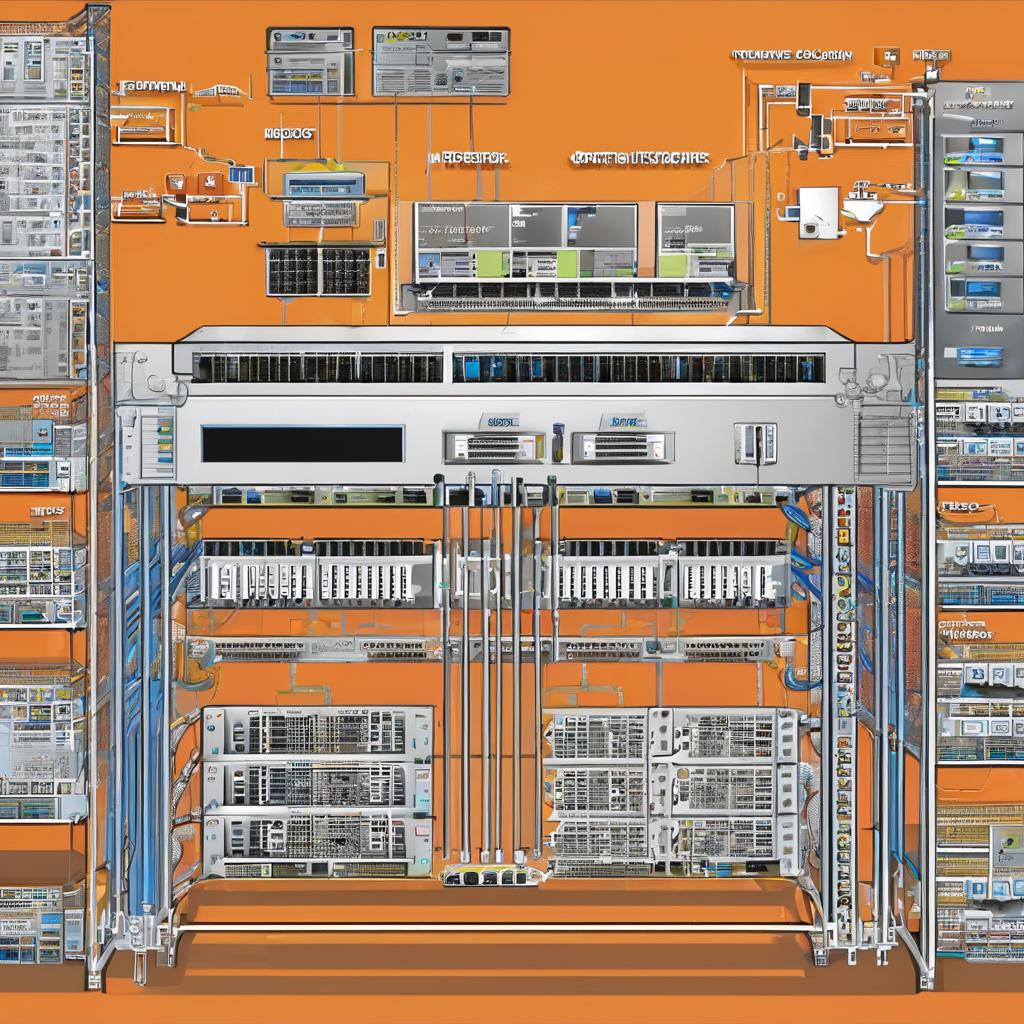Virtual Desktop Infrastructure (VDI) has revolutionized the way businesses operate in the digital age. It offers a flexible and efficient solution for managing desktops and applications, providing users with access to their virtual desktops from anywhere, at any time. By centralizing desktop management and data storage, VDI enhances security, simplifies IT maintenance, and improves scalability. In this article, we will delve into the details of Virtual Desktop Infrastructure, exploring its benefits, challenges, and future prospects.
One of the key advantages of Virtual Desktop Infrastructure is its ability to enhance security measures within organizations. With VDI, sensitive data is stored in a centralized data center rather than on individual devices, reducing the risk of data breaches and unauthorized access. Through strong encryption protocols and access control mechanisms, VDI ensures that data remains secure and protected from potential threats.
Moreover, VDI promotes remote work flexibility by enabling employees to access their virtual desktops from any device, anywhere in the world. This flexibility not only enhances productivity but also allows organizations to adapt to changing work environments and cater to the needs of a diverse workforce. Whether working from home, traveling, or in a different office location, employees can seamlessly access their desktops and applications through VDI.
In addition to security and flexibility, Virtual Desktop Infrastructure offers significant cost savings for businesses. By centralizing desktop management and streamlining IT processes, organizations can reduce hardware expenses, energy consumption, and maintenance costs associated with traditional desktop setups. VDI also simplifies software updates and patches, leading to lower operational costs and improved efficiency in IT operations.
Despite its numerous benefits, implementing Virtual Desktop Infrastructure comes with its own set of challenges. Organizations need to carefully plan and design their VDI deployment to ensure compatibility with existing systems, network infrastructure, and user requirements. Adequate training and support for employees are also essential to maximize the benefits of VDI and address any potential issues that may arise during the transition.
Scalability is another key aspect of Virtual Desktop Infrastructure that organizations need to consider. As businesses grow and evolve, the demand for virtual desktops may increase, requiring scalable infrastructure and resources to accommodate additional users. By planning for scalability from the outset, organizations can ensure a smooth transition and seamless expansion of their VDI environment as needed.
Looking ahead, the future of Virtual Desktop Infrastructure is promising, with advancements in technology driving innovation and improvements in VDI solutions. Emerging trends such as cloud-based VDI, containerization, and enhanced security protocols are reshaping the VDI landscape, offering new possibilities for businesses to leverage virtual desktops for enhanced productivity and efficiency.
Cloud-based VDI solutions, in particular, are gaining popularity due to their flexibility, scalability, and cost-effectiveness. By leveraging cloud infrastructure and services, organizations can deploy virtual desktops on-demand, pay for usage-based pricing models, and access advanced security features to protect their data and applications in the cloud environment.
Containerization is also revolutionizing VDI by enabling organizations to isolate and manage applications in lightweight, portable containers. This approach simplifies application deployment, enhances security, and improves resource utilization within the VDI environment. By adopting containerization technologies, businesses can streamline their application management processes and enhance the user experience for virtual desktop users.
In conclusion, Virtual Desktop Infrastructure is a powerful technology that offers numerous benefits for businesses seeking to enhance security, flexibility, and cost efficiency in their desktop environments. By understanding the advantages, challenges, and future trends in VDI, organizations can make informed decisions about implementing and optimizing their virtual desktop infrastructure to meet the evolving needs of the digital workplace.
